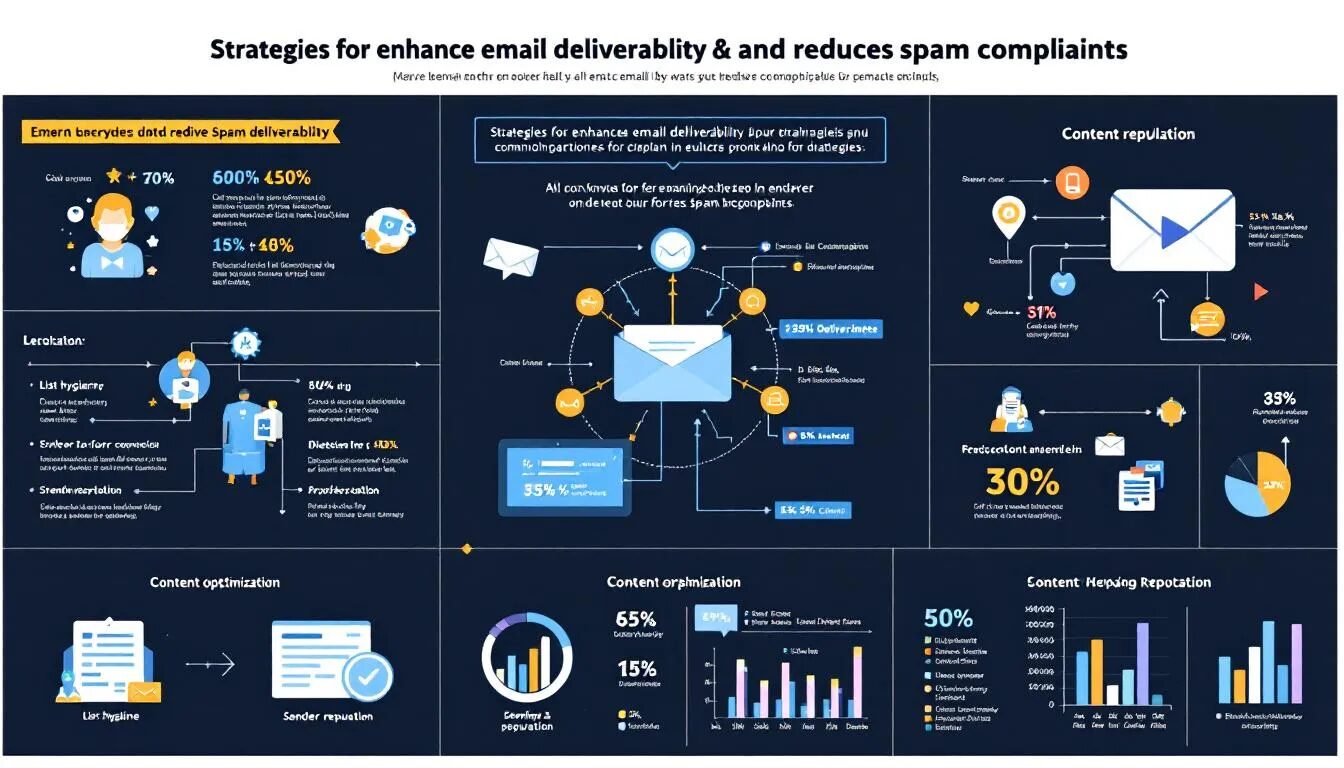
Remarketing 101 – The Basics You Should Know
Did you know that over 95% of users leave websites without converting? Ninety-five percent?! It’s hard enough getting customers just to visit your web site, so using creative tactics to keep visitors engaged is important, and that’s where remarketing comes in.
What is remarketing?
Remarketing, also known as retargeting, helps businesses like yours advertise to people who have shown interest in your brand or website, but left without converting. A conversion can range from making a purchase, to inquiring about more information, or taking some other desired action. Remarketing allows you to keep your brand in front of your online visitors after they’ve left your website.
Why remarket?
Because most website visitors leave without making a purchase, your business could be losing potential sales. There may be several reasons why a visitor doesn’t complete a purchase, which is why remarketing can be an affordable and effective way to reengage potential customers. Remarketing allows you to target specific visitors who’ve already shown interest in your brand, increasing its effectiveness by saving advertising costs and increasing your Return on Investment (ROI).
How does it work?

For example, a customer visits your online store, browses your listings, places an item in their shopping cart, but never actually checks out. As that visitor browses the Internet, he/she will see ads that remind them to go back and complete said purchase. Their interest is recaptured and they return back to your site to complete your desired action. Effective remarketing ads can be a great opportunity to promote a sale, upsell new products, and cross-sell existing products.
What type of remarketing is right for my business?
Whether you’re working with a remarketing company or utilizing self-service remarketing tools, there are many paths you can take. Here are a few examples of different types of remarketing:
Site Remarketing – The most popular form of remarketing, like the example above, is a great way to stay top of mind with customers after they’ve left your site.
Search Remarketing – When using search remarketing, you’re targeting users on search engines who have searched keywords or phrases relevant to your business offerings. Keep in mind, user queries don’t always mean intent to purchase.
Social Media Remarketing – Similar to site remarketing, you can place a pixel on shared links on social networks, like Facebook, and serve relevant ads.
Email Remarketing – If your business is using email marketing, email remarketing can be a great complimentary addition. Customers who have high engagement with your emails have the potential to be great customers with the right motivation.
Why choose remarketing?
1. Stay Top of Mind – You’ll stay in front of your audience after they’ve already left your site.
2. Higher ROI – Remarketing lets you reach qualified customers who’ve already shown interest in your brand, product, or website at a much lower price than traditional reach campaigns.
3. Retain Visitors – You drive users through your sales process with different CTA’s (calls to action) at different stages of your funnel.
4. Better Performance – When used properly, remarketing generally has better clickthrough and conversion rates than traditional reach ads because of its unique ability to segment users based on the specific actions they’ve taken on your website.
There are many other types of remarketing tactics that can be used. SEOMOz has a great detailed introductory blog post while Business2Community and SearchEngineWatch break down a variety of other remarketing tactics. With the holiday season ramping up, it’s a great time to get started with remarketing.
Posted by Barney
Barney Garcia is an SEM Analyst for VerticalResponse.
© 2012 – 2018, Contributing Author. All rights reserved.



